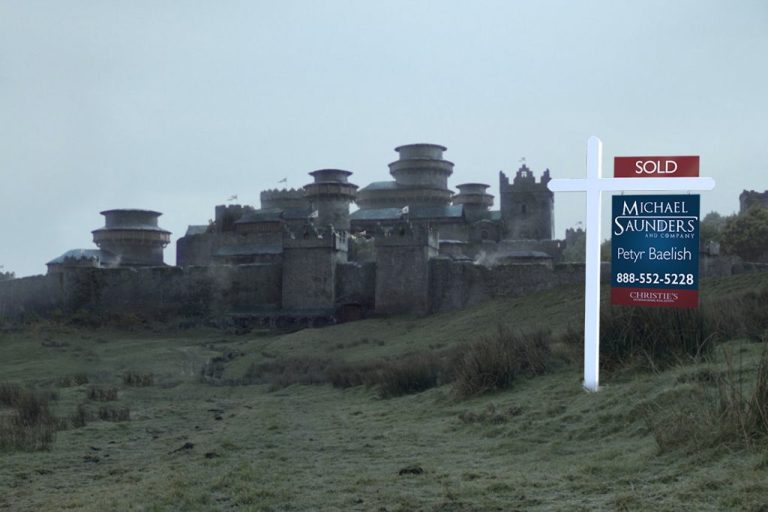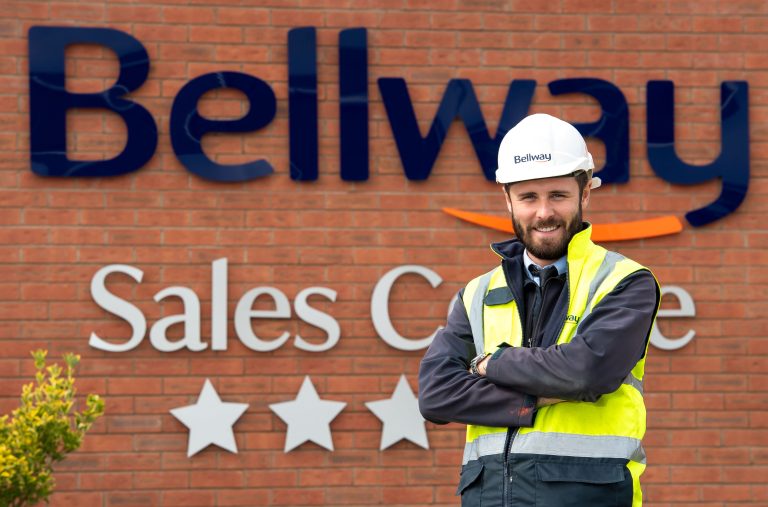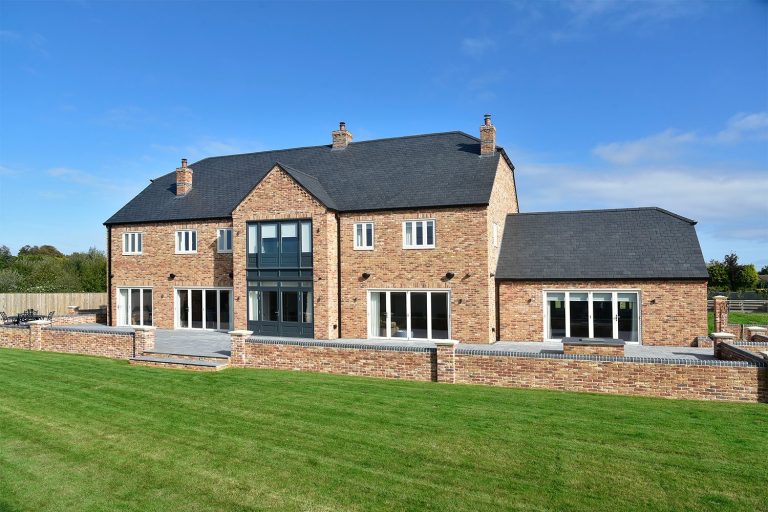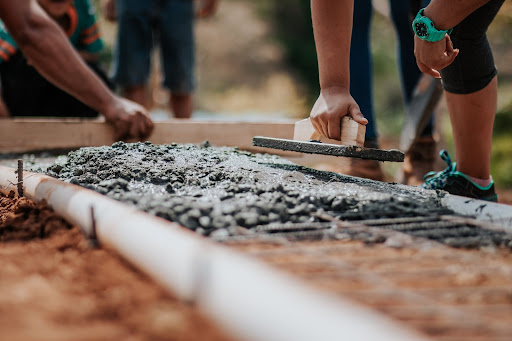Decided to move to Norway? A beautiful country that is economically strong and the people in which enjoy a high standard of living, it’s no wonder that you’ve chosen it to be your next place to live. Of course, it could have happened differently, and you might have had no other choice but to relocate, due to your work, or some circumstances in your personal life. Whatever the reasons are, you can certainly expect to have a good life in the country. Preparing for the move, however, is going to be tricky. Not only will you be emotional, watching all the things you’ll leave behind and all the people you’re going to miss when you set off, but you’ll also have a lot of important things to do so as to get everything in order before your move. So many documents to get ready as well, and you should be careful not to forget anything that you may need when you arrive in Norway. If you thought that your work will be done after you get on a plane and set off for the new destination, you’re definitely wrong. Sure, you’ll have a brief rest while traveling, because you won’t exactly need to do anything, but as soon as you arrive, you’ll realize that there are a lot more obligations and responsibilities attached to your relocation. For instance, one of the things you’ll have to do is find and choose a mobilabonnement norge, that is a Norwegian mobile plan, so that you can stay in touch both with the people abroad and with the people in the country. When you first arrive, you may not think much of the mobile plans. Put differently, you may assume you don’t need those and that a WiFi connection is enough to keep you in touch with your people. Soon, though, you’ll realize that this isn’t the case, because you won’t have WiFi everywhere you go, and you’ll sometimes want or need to contact someone even if not connected to the Internet. Plus, you’ll also want Internet wherever you go, and a great mobile plan can help you get it. What to Consider When Choosing Your Mobile Plan It’s definitely completely clear why partnering up with one of the Norwegian providers and getting a great mobile package is important. There’s absolutely no doubt you get the significance of that and you get how beneficial a great plan can actually be for you. So, what is it that you’re waiting for? Why don’t you make an agreement with one of those providers right away and start enjoying your new subscription? I suppose I know the answer to that. Basically, while you get the significance of getting one of these plans for yourself, you’re not sure how to select the best one. To be even more precise, you don’t know what to consider when choosing your mobile package. Understanding that choosing randomly is not a good idea wasn’t difficult to you, but it is the part of realizing what to consider when choosing that makes this entire selection process a bit complicated. So, put simply, you don’t know what to take into account when choosing your mobile plan, and that will have to change, which is why I’ve provided you with a list of those things to consider below. This general information could also be of help: https://marketbusinessnews.com/5-factors-to-consider-when-choosing-new-mobile-plan/272953/ 1. Data Amount While most of the providers you’ll come across will offer free data usage, the simple truth is that you won’t get the same amount of data from all of them. Ranging from 1GB to as much as 30GB, those different plans are suitable for different people, depending on their specific data needs. If you estimate you’ll be using a lot of data, then you should go for one of those providers that offer a higher amount. On the other hand, if this is not the most significant thing for you, then going for a package with a smaller amount of data is perfectly reasonable. 2. Data Rollover Option Since we’re on the topic of data, here’s another thing to know and consider. The data rollover option. Basically, this is the option of transferring any unused data to the next month, and it can, once again, be useful for those people that tend to use a lot of data, although it is actually a feature that everyone can benefit from. So, check for the data rollover option and decide if it is something that’s important to you or not, so as to ultimately make the best choice. 3. Free Minutes No matter what kind of a plan you’ll choose, you’ll always want to get at least a small amount of free call minutes. The great thing is that most providers will offer that. Once again, though, the amount of minutes will differ from one to another, which is why you’ll have to check this in details before choosing. And, as it is perfectly clear, not everyone needs the same amount of free minutes, meaning you should consider your own needs before deciding on one of the options. If planning on making a lot of calls and having long conversations with the people in Norway, you should aim for a plan that offers a lot of free minutes. 4. Free Voice, SMS and MMS A lot of the mobile plans will also come with free voice, SMS and MMS. This may be important to you, or it may be completely insignificant. Understanding if this is something you need or not will further lead you towards making the right plan choice. Although, if there’s one thing you should expect from pretty much all the plans, then it’s this feature of free messages. Go here to get some more ideas on what to consider when choosing your provider. 5. International Calls Offer Since you’ve relocated to Norway, what do you think is the single most important feature that your mobile plan should have? A great international calls offer,














